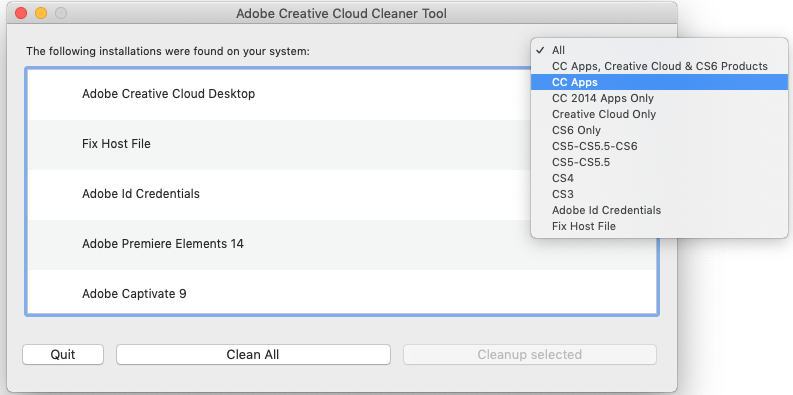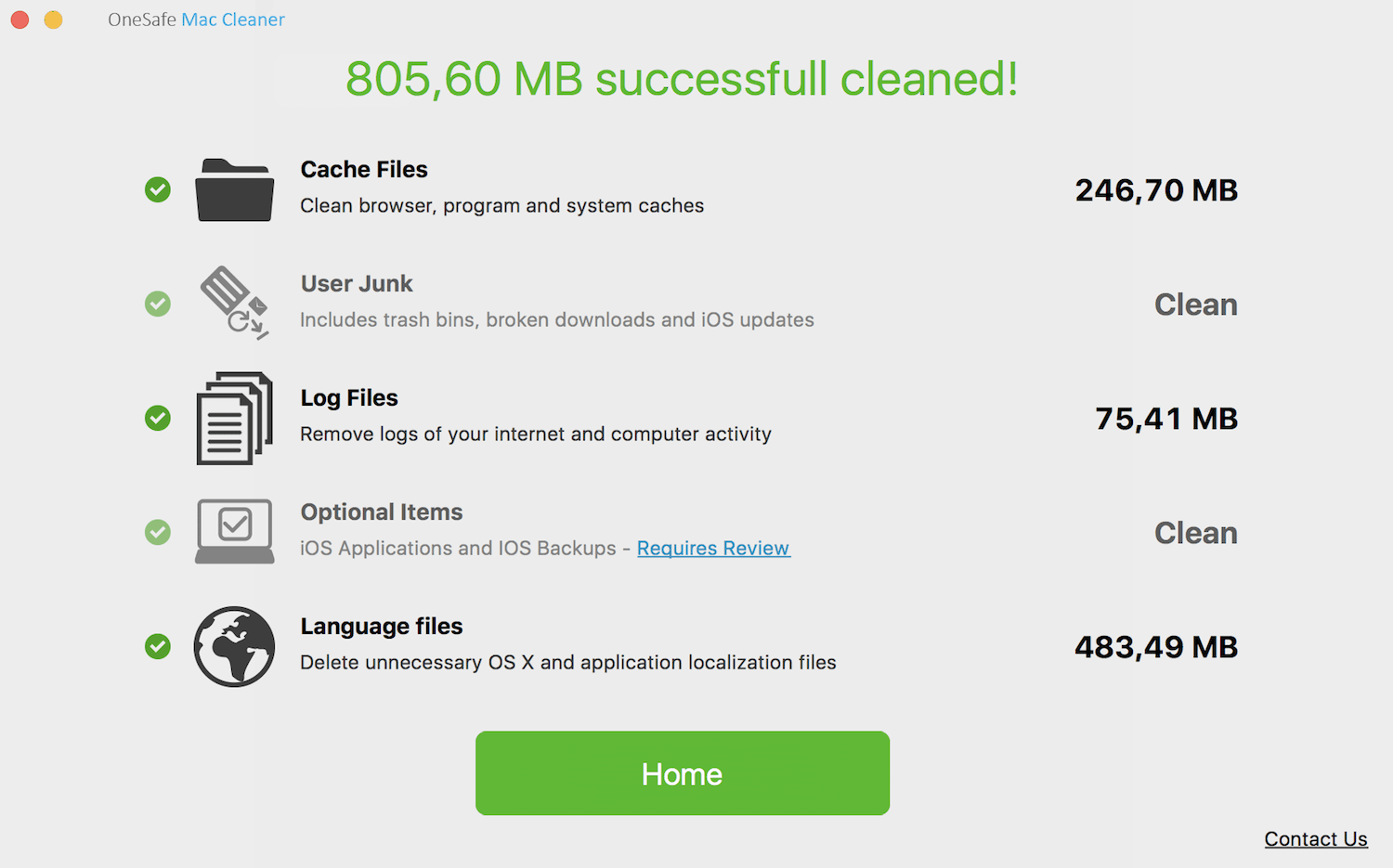On Mac, since you might want to find and clean not only the duplicate photos, but also other duplicate music, documents or things like that, I would recommend you to get MacPaw Gemini 2 as your general duplicates cleaner, it’s the most cost-effective duplicate finder and similar photo remover for Mac. Part 3: Clean Up Mac Junk Files Step 1: Launch iMyMac-Cleaner on your Mac PC. Once installed, launch the program on your Mac. You will then see on your screen the status of your Mac files and also, it will allow you to scan your computer. Once the program is launched, just click on 'System Junk' found at the left panel of your screen. Your Mac is a Masterpiece. Keep it this way with Combo Cleaner. The most comprehensive and complete utilities application that you will ever need to keep your Mac clutter and virus free. DOWNLOAD COMBO CLEANER OR BUY NOW. Disk Cleaner, Big Files Finder and Duplicates Scanner features are free to use.
So, your Mac is running out of storage. You try to figure out what’s taking up your disk space by clicking the Apple logo on the top-left of the screen, selecting About This Mac, and hitting the Storage tab.
To your surprise, you see a yellow bar representing “System” that seems to occupy way more space than you think it should. In the example above, it only shows 33.87 GB, but take a look at this Apple discussion — some Mac users report that System Storage takes an astonishing 250 GB.
Worse yet, you have no idea what’s included in “System” storage, because clicking the “Manage” button brings you to this System Information window… and the “System” row is greyed out.
Why does my Mac system require so much space?
What does it contain?
Is it safe to remove some of those system files?
How do I regain more storage space?
Questions like these may easily get to your head. Although my Mac now has a good amount of disk space available, I’m always wary of files that are taking up more space than they should.
I have no idea why “System” is greyed out while “Documents,” “System Junk,” “Trash,” etc. allow you to review the files based on size and type. My hunch is that Apple does this on purpose to prevent users from deleting system files that could lead to serious issues.
What Files Are Included in System Storage on Mac?

During my research, I found many people report that Apple counts iTunes backup files and app caches (e.g. Adobe video cache files) in the System category.
Free Cleaner For Mac Os X

Since it’s greyed out and we are unable to click on that category for deeper analysis, we’ll have to use a third-party app to assist.
CleanMyMac X is perfect for this kind of analysis. Since I tested the app in our Mac cleaner review, it immediately came to my head when I saw “System” was greyed out in Storage. Note that CleanMyMac isn’t freeware, but the new “Space Lens” feature is free to use and it allows you to scan your Macintosh HD, and then show you an in-depth overview of what’s taking up disk space on your Mac.
Step 1:Download CleanMyMac and install the app on your Mac. Open it, under “Space Lens” module, first click the yellow “Grant Access” button to allow the app to access your Mac files and then select “Scan” to get started.
Step 2: Soon it’ll show you a folder/file tree and you can hover your cursor over each block (i.e. a folder). There you can find more details. In this case, I clicked “System” folder to continue.
Step 3: The file breakdown below indicates that some Library and iOS Support files are the culprits.
The interesting part is that the System file size shown in CleanMyMac is much smaller than the size shown in System Information. This puzzles me and makes me believe that Apple definitely has counted some other files (not real system files) in the System category.
What are they? I have no clue, honestly. But as reported by other Mac users who experienced the same issue, they said Apple also considers app caches and iTunes backup files as System files.
Out of curiosity, I ran CleanMyMac again for a quick scan. That app found 13.92 GB in iTunes Junk. Further review revealed that the junk files are old iOS device backups, software updates, broken downloads, etc.
But even after adding this amount to the original system files returned by DaisyDisk, the total size is still a bit less than what’s returned in System Information.
If cleaning the System Storage is still not enough to bring your Mac available disk space to a normal level (i.e. 20% or more), see below.
What Else Can I Do to Reclaim More Disk Space?
There are tons of ways out there. Here are a few of my favorites that should help you get back a decent amount of space quickly.
1. Sort all files by size and delete old large files.
Open Finder, go to Recents, and look at the Size column. Click on it to sort all recent files by file size (from large to small). You’ll have a clear overview of what items are eating up a large amount of space, e.g. From 1 GB to 10 GB, and from 100 MB to 1 GB.
In my MacBook Pro, I found a few large videos that could be transferred to an external drive.
Note: If the Size column doesn’t show up, click on the Settings icon and select Arrange By > Size.
2. Run CleanMyMac.
If you are not a power Mac user, another way to help you quickly locate unnecessary files is using CleanMyMac, an app that won our award for the best Mac cleaner software. As you can also see in my detailed review here, I believe CleanMyMac is a must-have app for all basic users.
3. Remove duplicate files with Gemini 2.
Don’t forget those duplicates and similar files! They can stack up without you being aware of it. Finding them is sometimes time-consuming. That’s what Gemini 2 is designed for. Simply select a few frequently used folders (e.g. Documents, Downloads, etc.) in the main zone of Gemini.
It then scans them and returns all the duplicate files that might be worth removing. Of course, it’s always a good practice to review them before doing so. You can also read our Gemini review here.
Wrapping It Up
Ever since Apple introduced the Optimized Storage feature on macOS Sierra and High Sierra, users got the option of saving space by storing content in the cloud. Apple also has several new tools that make it easy to find and remove unneeded files.
That bar under the Storage tab is beautiful. It does allow you to get a quick overview of what’s taking up the most space on our hard drive. However, it still lacks insights on the “System” category as it’s greyed out.
Hopefully, the guides above have helped you figure out the reasons you’ve got so much “System” data, and most importantly you’ve reclaimed some disk space — especially for new MacBooks pre-installed with flash storage (usually 128 GB or 256 GB) — the storage is so precious!
Like many ill-conceived 'cleaning' utilities, 'CleanMyMac' is trash capable of corrupting a Mac to the point that erasing it completely is the only practicable means of recovery.
There is no way to reverse the effects of having used CleanMyMac2, and the developer's uninstallation instructions are ineffective. Only MacPaw, its developer, can know the reason for that, but I can think of two possibilities: either they are purposefully leaving components behind for reasons known only to them, or they simply don't know what they're doing. Neither one of those possibilities is particularly comforting for the user.
Reinstalling OS X alone will have no effect on either removing CleanMyMac or reversing the damage it is capable of inflicting upon a system.
Free Junk File Cleaner For Mac
Follow the applicable recovery procedure below:
- If you have a backup that you created prior to using CleanMyMac, now is the time to use it. For Time Machine, boot OS X Recovery, and at the Mac OS X Utilities screen, choose Restore from Time Machine Backup. Choose a date preceding the installation of CleanMyMac.
- If you do not have a backup that predates the use of CleanMyMac, create one now. To do that read Mac Basics: Time Machine backs up your Mac.
- The recovery procedure will require that you erase the Mac using OS X Recovery, and then create a new user whose contents will be empty. You will then be able to use Setup Assistant to migrate your essential documents including photos, music, work products and other essential files.
- When doing so, select only your previous User account and do not select 'Applications', 'Computer and Network Settings' or 'Other files and folders'. De-select those choices.
- Subsequent to using Setup Assistant, you will need to reinstall the essential software you may require, once again remembering to install software only from their original sources, and omitting all non-essential software.

To erase and install Mavericks read: OS X Mavericks: Erase and reinstall OS X
To migrate your essential documents read: OS X: How to migrate data from another Mac using Mavericks and follow the procedure under Time Machine or other disk migration.
Junk File Cleaner For Mac
Sep 7, 2014 11:12 AM